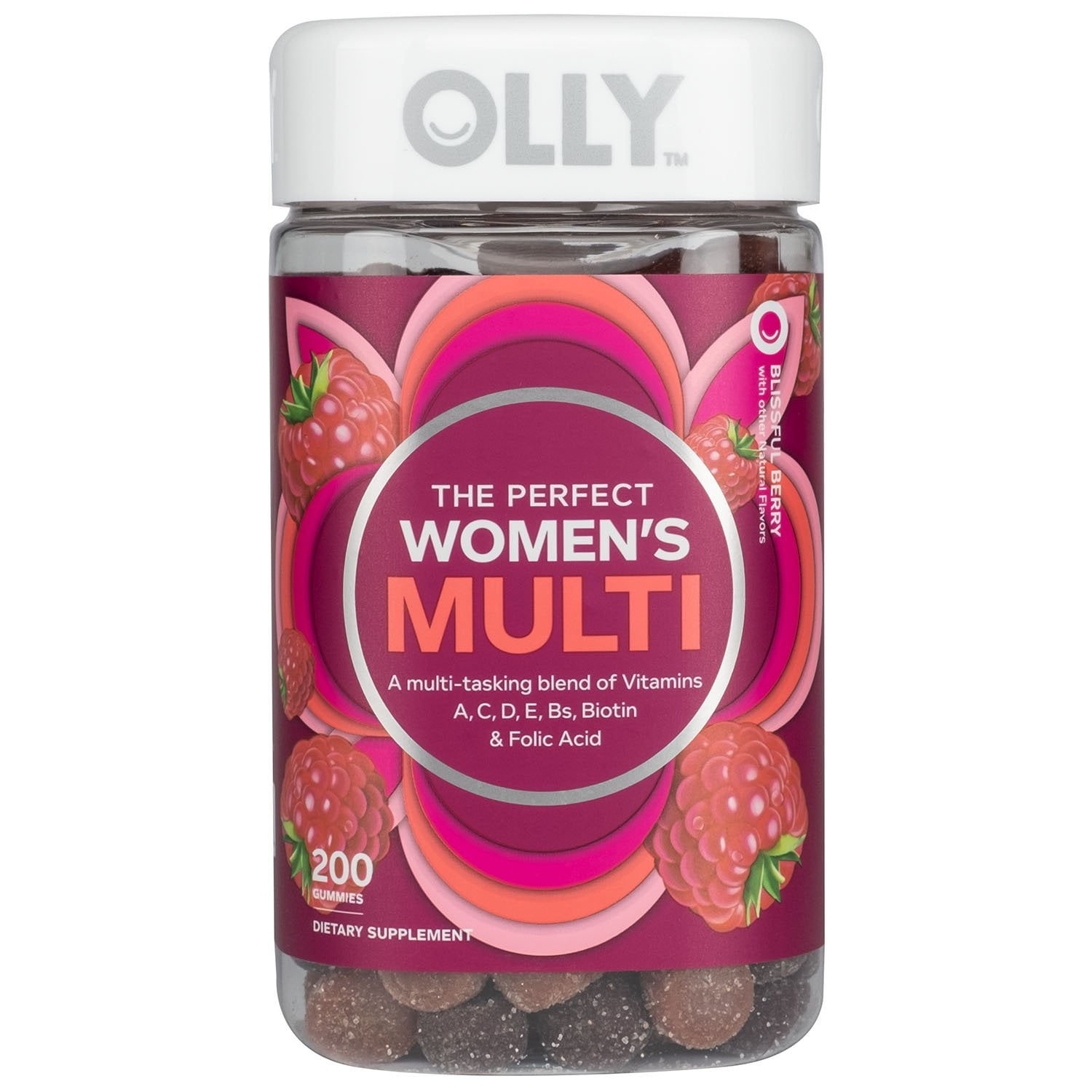

Vaginal colonization with lactobacilli doesn’t even appear to change with yeast infections.īacterial vaginosis: some low quality studies suggest a benefit, but other studies do not. Vaginal yeast infections: there is really no data at all to support their use here, so no guidelines recommend them. But this is the kind of data that we need, and if Lactin-V holds up in phase 3 studies, unlike Olly’s “Happy Hoo-Ha”, it will be a useful addition to the medical armamentarium.Īre Probiotics Recommended for Any Vaginal Health Issues? And, more importantly, it’s a different probiotic than found in the “Happy Hoo-Ha”. This study doesn’t support the use of Olly’s “Happy Hoo-Ha” (I die a little inside each time I type that) because, while promising, it is a phase 2 study. It is also currently being studied to see if it reduces the rate of acquiring HIV.

LACTIN-V is a powder that is administered vaginally and it is being developed as a pharmaceutical. So there definitely was some benefit, but this was a phase 2 study, so more work is needed. At 24 weeks those numbers were 54% and 37% respectively.
Olly vitamins happy plus#
At 12 weeks 45% of people who only took the antibiotic had a recurrence versus 30% who took the antibiotic plus probiotic. The best study for vaginal infections and probiotics was published a few years ago in the New England Journal of Medicine and evaluated a product with Lactobacillus crispatus called LACTIN-V for prevention of recurrent BV used in combination with an antibiotic to treat the bacterial vaginosis. There is literally no requirement for a probiotic to contain what it claims on the label, and most studies using over the counter products don’t do analysis on what they are studying, so they are trusting the manufacturer. So buying the product over the counter does not mean you are getting what was actually studied. So what was used in the study may not be what you get, even if you are buying the same product. In addition, the studies that look at whether the vagina actually gets colonized with the lactobacilli in the probiotic typically don’t distinguish between lactobacilli present naturally and that from the supplement.Īnother big issue with probiotic studies is that many probiotics don’t contain what they claim. Most of these studies suffer from significant design flaws, often they are too small to detect any meaningful improvement. While there was some early enthusiasm for probiotics with lactobacillus rhamnosus and reuteri, the data hasn’t really panned out. There have been quite a few studies looking at probiotics for improving the vaginal ecosystem, where “improving” is typically defined as treating or preventing infections, but sometimes these studies just look at the ability of probiotics taken orally to find their way into the vagina. We Have Yet to Replicate the Phenomenal Power of Vaginal Lactobacilli Modulation of the immune system locally in the vagina. Lactobacilli may accomplish this by sticking to the cells themselves and physically competing for space on the cells, or by releasing substances that prevent adherence. Prevention of other bacteria and yeast from sticking to cells in the vagina (sticking to the cells is an important step in causing problems). Production of bacteriocins which are substances that can kill bacteria.Ĭompetition with other bacteria and yeast for nutrients. We think that lactobacilli work by way of several mechanisms, including, but not limited to the following:įermentation of glycogen (sugar) producing lactic acid, which lowers the pH, affecting how some bacteria grow. How all the bacteria interact to keep the vagina healthy is highly complex. For example, iron in menstrual blood can help some, but not all, bacteria grow, and some bacteria stick to menstrual blood causing numbers to drop because the bacteria is essentially flushed out with menstruation. In addition, this might change based on the day of the menstrual cycle. However, these community states fluctuate, so a snapshot showing how much of each lactobacilli (and other bacteria) are present in the morning will look different from a snapshot taken in the evening. Overall, the main species of lactobacilli found in the vagina are: Four of these five community states are dominated by lactobacilli, and one has less lactobacilli. So person A may have an entirely different combination of vaginal bacteria or different community state as compared with person B, and yet they can still both be perfectly healthy. In fact, there are five main bacterial communities (think clubs) in the vagina, called community states. The vagina is filled with different types of bacteria.


 0 kommentar(er)
0 kommentar(er)
